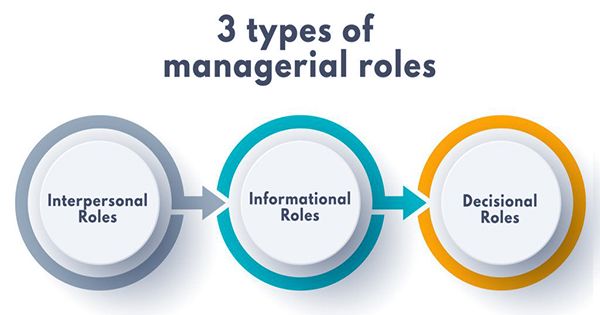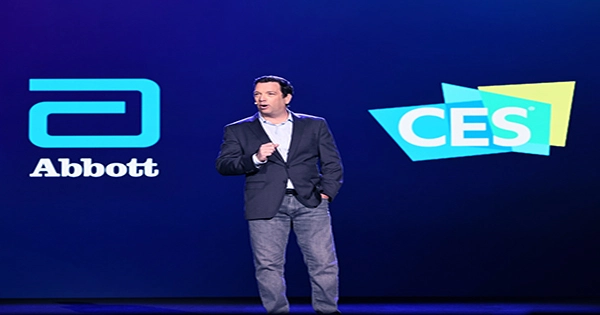A lot of research has gone into describing how a manager behaves in an organization. In the past, the majority of workers assumed that a manager was undoubtedly someone who sat calmly in his office planning, thinking, and instructing staff.
But throughout time, managerial responsibilities and tasks were used to categorize a manager’s behavior. In this post, we’ll examine the different managerial tasks that managers complete in a single day.
For better understanding, Mintzberg categorized all activities into ten managerial roles performed over the course of a day. These are as follows:
Leadership and Interpersonal Roles: Top executives are frequently obliged to perform what Mintzberg referred to as figurehead duties. They represent the company in social, political, and economic spheres as the public face of the management team. Middle managers are also leaders, albeit they might place a greater emphasis on soft skills like inspiring staff, negotiating pay, and fostering creativity and innovation. First-line managers demonstrate good leadership by actively participating in the duties given to their staff members and by upholding the company’s rules and standards of conduct.
Legal or societal obligations that serve as a figurehead are symbolic in character. Leader encompasses all facets of effective leadership. This entails creating a team, leading the members, inspiring them, and forging solid connections. Creating and maintaining a network outside of the office for information and support is part of liaison.
Informational Roles: Whether serving as a spokesperson, a mentor, a trainer, or an administrator, informational roles require both receiving and transmitting the information. A senior manager must be conscious that even personal beliefs will have an impact on the company (for better or worse) because they are a voice for the firm. It is particularly challenging for top managers to distinguish between their personal identities and their company roles are given the unrestricted flow of information on the Internet. For instance, when Uber CEO Travis Kalanick agreed to join President Trump’s economic advisory board in 2017, there was a consumer outcry. At first, Kalanick declared he would “use my position on the council to stand up for what’s right.” A few days later, in response to the protest, he resigned.
To monitor is to gather data about the problems that the organization is dealing with. Additionally, both internal and external information is included in this. Disseminator Any significant information that comes from internal or external sources must be communicated or distributed inside the organization. As the organization’s spokesperson, you represent the group and tell the public about the organization.
Decisional Roles: All facets of being an innovator, designer, and promoter of change and invention are included in being an entrepreneur. Take corrective action when the firm encounters unforeseen challenges that are crucial in nature A resource allocator is in charge of allocating resources including money, time, equipment, and people in the best possible way. In discussions that have an impact on the manager’s area of responsibility, the role of negotiator also includes representing the organization.
Depending on whether the choice affects the entire organization, a single department, or a specific task or activity, all levels of management will decide how to allocate resources. Top and middle managers engage in the majority of negotiation, depending on the impact on the organization. Dealing with union contracts or trade agreements are examples of negotiations that top managers will conduct on behalf of the entire firm. For the most part, middle-level managers bargain about hiring and remuneration.
















